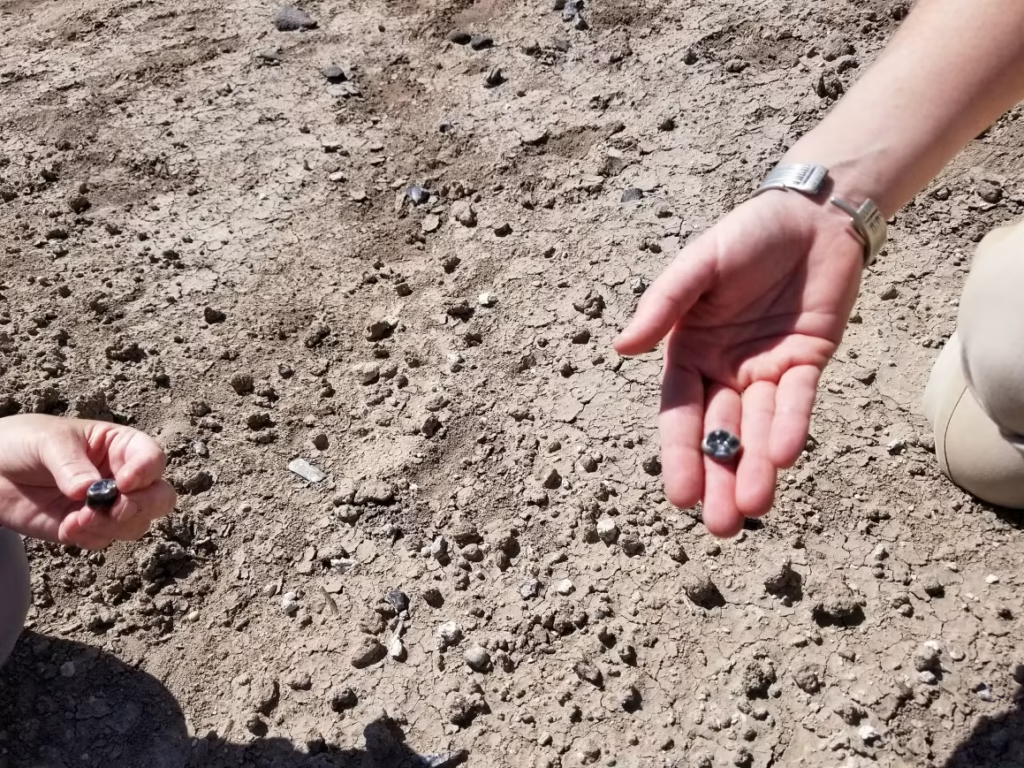A major breakthrough in paleoanthropology has emerged from the Ledi-Geraru area in Ethiopia’s Afar region. Scientists unearthed 13 fossilized teeth—10 from a previously unknown species of Australopithecus and three from early members of our own genus, Homo. These 2.6-million-year-old remains suggest that multiple early human species lived at the same time and in the same region, vastly complicating the long-accepted narrative of linear evolution.
The Australopithecus teeth hint at a species distinct from the famous “Lucy” and others known to science. Their unique dental traits suggest a lineage that thrived alongside emerging Homo relatives. This overlap implies coexistence, competition, and a far more tangled evolutionary tree than previously believed.
This discovery reshapes our understanding of the early Pliocene epoch in East Africa. Instead of a solitary path with one ancestor replacing another, the evidence points toward a vibrant patchwork of hominin diversity. The finding adds weight to a model of branching evolution, where several hominin species lived in parallel, each following its own survival strategy.
While these teeth are not enough to formally name the new Australopithecus species, they open a vital window into our past—a window that invites deeper excavation, analysis, and understanding of how our ancestors lived, related, and evolved.


